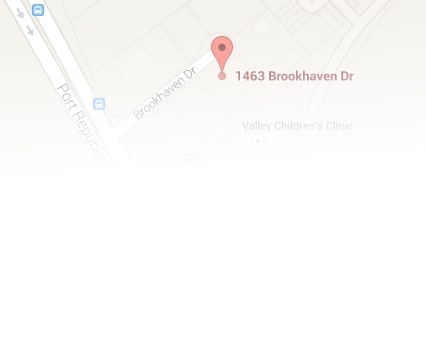Battery and assault can both be criminal and civil actions. Battery and assault are both possible causes of action that can be brought in civil personal injury lawsuits regardless of whether or not the plaintiff has been accused, arrested and/or convicted of either or both of them in a criminal lawsuit. Battery and assault are both intentional torts, meaning that the defendant intended to take the action that caused the plaintiff’s injury. The two different terms and claims typically arise from similar fact patterns but differ in important ways.
Battery
Typically a plaintiff bringing a battery claim must prove three elements:
- The defendant intentionally made contact with or applied force to the body of another;
- The defendant did so in a harmful or offensive manner
- The defendant did so without the victim’s consent.
The defendant does not have to intend to make physical contact with the victim in order for a battery to occur. However, the defendant does have to intend the action that caused the physical contact. For instance, if the defendant intentionally threw a ball in the plaintiff’s direction and did not intend to hit the plaintiff with the ball, but did hit the plaintiff with the ball, the defendant committed a battery against the plaintiff. Although the defendant did not intend for the ball to make physical contact with the plaintiff, the defendant did intend to take the action that caused the physical contact with the plaintiff (throwing the ball).
Assault
Unlike battery, assault doesn’t require that the defendant make any physical contact with the victim. A plaintiff bringing an assault claim must typically prove the following three elements:
- The defendant made an intentional attempt or threat to inflict injury on another;
- The defendant had the apparent ability to cause the injury
- The victim had a reasonable apprehension of imminent bodily harm or offensive contact.
The key is that the defendant’s action placed the victim in fear of imminent physical contact. It does not matter whether physical contact was actually made with the victim.
Damages in Battery and Assault Cases
For a legal consultation with a personal injury lawyer, call (434) 817-3100
In both battery and assault personal injury actions, the plaintiff must show that the defendant’s actions caused the damage. This might be in the form of physical injury or emotional distress. If the plaintiff has suffered damages as a result of the defendant’s actions, the plaintiff may be entitled to receive compensation for those damages to make them whole again.
There are several types of damages that a plaintiff in battery and assault cases might receive. In order to find out more about the possible damages in a particular claim, you can contact a good personal injury lawyer at a law firm such as Eglet Adams assault and battery claims often include medical expenses, lost wages, and the pain and suffering the plaintiff endured. If the plaintiff’s injury was really traumatic, the plaintiff might also receive damages to cover the emotional and psychological effects of the defendant’s actions, such as providing for the cost of therapy.
Because battery and assault are intentional torts, the plaintiff may be able to claim punitive damages for the defendant’s actions. Punitive damages are designed to penalize the defendant for their behavior and to deter others from engaging in similar behavior. In some cases, punitive damages may be as high as three times the amount of the plaintiff’s other damages.
Call (434) 817-3100 or complete a Case Evaluation form



